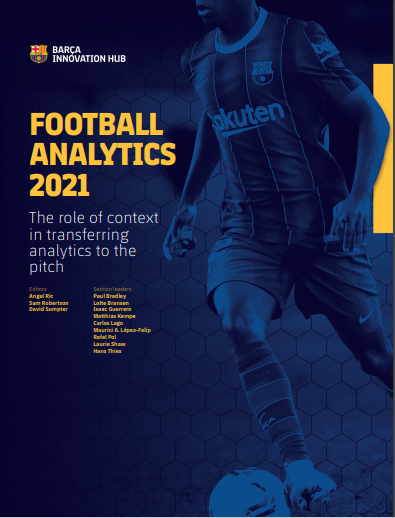The incorporation of new technology into sport has resulted in an increase in both the volume of data and the variety of its types.
This has led to a need for completely new areas of expertise (such as that provided by data analysts, computer scientists and mathematicians) in organisational departments, as well as adaptation by those already holding established roles, such as sport scientists, strength and conditioning coaches and performance analysts.
The link between sports and computer sciences is now well established, and few top-level professional structures resist its integration.
However, despite the interdisciplinarity of many staff teams, the knowledge and linguistic barriers between different scientific fields mean that interaction between professionals can often be difficult. One way to help address this problem is for experiential and scientific knowledge, historically based on reductionism, to move towards an understanding of sport as a complex phenomenon.
The complexity of football lies mainly in the number of interactions between teammates and their environment, in particular their opponents, but is also found in the context of the game as a whole.
Traditionally, performance has been evaluated by isolating system components including the physical and physiological; the technical (derived from the players’ on-ball events); or tactical aspects (the relationship between teammates and opponents).
These “performance components” cannot be seen at the same level but instead in a nested way, because the inherent processes within them emerge on different timescales (figure 1).
It is in a competitive environment, evolving over several years, where cooperative processes are situated.
The team cooperates at the timescale of weeks and months as well as more immediately at the timescale of the match’s 90-plus minutes to achieve the main objective of winning.
Interpersonal synergies between players are then formed and dissolved on a scale of seconds and tens of seconds on the pitch, allowing them to score a goal or avoid conceding (Ric et al. 2016).
These team patterns then make the context for the individual actions that emerge in a smaller timescale (seconds or milliseconds).
Therefore, context must be understood as the environment for an organism-environment relationship at all scales and in performance analysis, from seeing the team as an organism (Duarte et al. 2012),
through to the player himself within the team, and even down to the organs or systems within the athlete (Pol et al. 2020).

